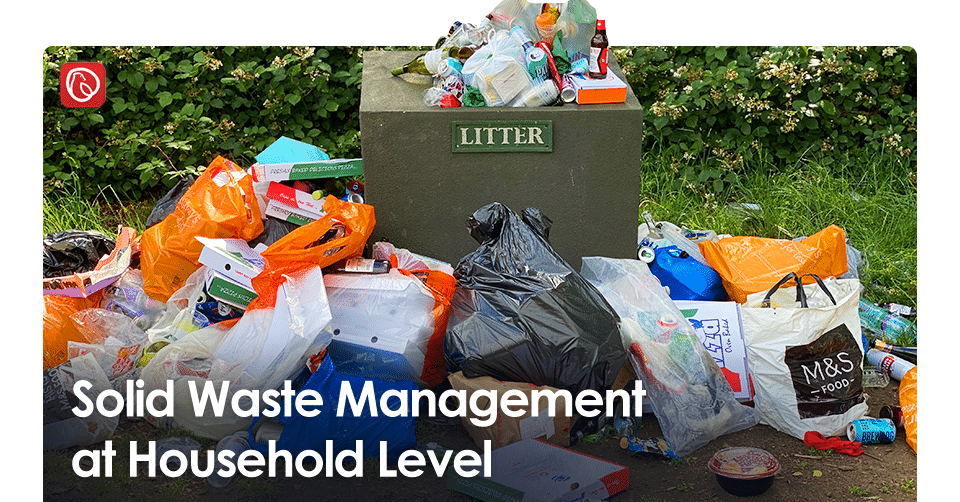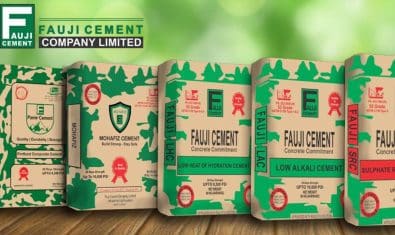By Awais Bhatti
As the cities across the globe are expanding, so is the consumption of resources reaching an unprecedented level. It is reported by the International Union for Conservation of Nature (IUCN) that almost 8 million tons of plastic become a part of oceans every year and the situation can aggravate if necessary measures are not timely devised.
In light of this, Graana.com highlights the importance of household waste management and how waste from homes can be managed at the household level.
Household Waste Management
The term ‘Household Waste Management’ refers to the collection, treatment, and disposal of waste at the household level. Solid waste in households is one of the major contributors to municipal waste. It is estimated by the World Bank that our planet generates 2.01bn of municipal waste per annum. Following are the different ways in which solid waste can be reduced and managed at the household level.
1. Reduce, Reuse, Recycle
Solid waste at the household level can be brought down by changing our consumption pattern. For example, only those products should be bought which are necessary and sufficient for use, this can help to reduce the quantity of waste emanating from households. Similarly, instead of throwing away redundant items they should be reused or given to those who can still manage to reuse such things more suitably.
Plastic bottles, paper, tin cans, and cardboard are the most common waste materials that are thrown away in the garbage. These materials do not belong to waste rather they can be recycled and converted into a useful resource. Municipalities often hire the services of recycling companies that collect recyclable materials from home and convert them into useful products.
2. Composting at Homes
A simple method of utilizing food scraps and yard waste at homes is thorough composting. Composting is a technique that helps to recycle organic waste by combining various organic materials like food scraps, dead leaves, eggshells, vegetable waste, and water. The composted compound acts as a fertilizer and can be used as a nutrient for the growth of plants. Therefore, this technique at the macro level can also convert waste to value.
3. Refuse Pits
Another method that can prove useful for managing waste at the household level is by digging pits for disposing of the waste that cannot be recycled. It is advised that a pit be dug at least 10 meters away from the home and 30-35 meters from the water source. The waste is thrown in the pit and covered with the soil so that it does not attract a site of diseases and infestations.
4. Waste Segregation
Waste segregation is the method employed by every state across the world for better waste management and recycling. Most of the time the waste is classified into two categories, dry and wet.
The dry category includes waste material like plastic, metals, and wood-related products whereas the wet category is related to organic leftovers of food. Moreover, this technique can increase the accessibility of recyclable waste material to the workers of the recycling sector. The success of this method is dependent on public participation.
Awais Bhatti is a content specialist at Graana.com.



























